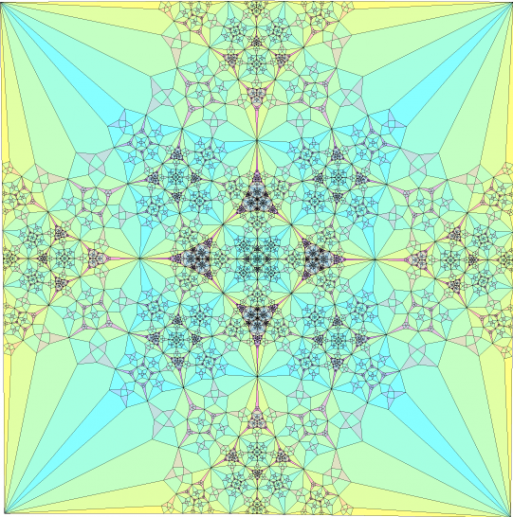
Credit: Wikipedia
Death, in many cultures, is the ultimate transition that life is leading up to. So it is no surprise that among the core series of sacraments, known as Sanskara, or rituals of perfection, the final rite comes in the funerary process of the Antim Sanskar. The importance of perfecting yourself in Hindu culture stems from the belief that your actions in life determine whether you are granted happiness or misery in your life.
The sum of your actions will ultimately get wiped clean at the time of death. As part of the Antim Sanskar the sava, or body, must be cremated after the sukshma sareera — the consciousness or soul — has left its physical vessel. In this way, the sukshma sareera represents the actions that you have taken in life, which in turn will reflect on the nature of rebirth that the soul will receive.
Rebirth will take place in one of 83 different types of wombs that reflect the previous lifestyle of the sukshma sareera.
Rebirth will take place in one of 83 different types of wombs that reflect the previous lifestyle of the sukshma sareera. But before this rebirth can happen, the soul must first stay with the family until the twelfth day of death. Once the sukshma sareera leaves the physical body, it is called the preta sareera.
It is at this time that karmas are performed to make sure that the next life of the sukshma sareera is not filled with misery and misfortune. If karmas cannot be performed, this is called a pitru dosha.
During the days that the preta lingers at the home after death, it must be sustained by loved ones with food. The ritual of giving these food offerings to the soul is called shraddha. At this time it is nurtured with sesame seeds and water, which are believed to be the first foods to nurture life. On the twelfth day of death, the soul is then given copious amounts of food, but no salt may be added. In this way, it is assumed that the preta will be disgusted both by the huge quantity of food and by the lack of salt.

Credit: Wikipedia
It is also customary for families to perform sabindi karana on the twelfth day of death. This ceremony transforms the preta into a pitra and is the final stage in preparing the body for rebirth. During the sabindi karana, four pots are filled with aromatic water. Three are offered to the ancestors, the pitra, and the fourth is poured into the other three pots as a symbol of the preta’s transformation into a pitra. In this way, the circle of rebirth is complete and our loved ones remain connected to their family in the next life.

 Antim Sanskar: The Ancient Practice of Hindu Funeral Rites
Antim Sanskar: The Ancient Practice of Hindu Funeral Rites


 Having an Estate Plan Is Essential – So Is Discussing It With Your Children
Having an Estate Plan Is Essential – So Is Discussing It With Your Children
 The Healing Sound of Singing Bowls
The Healing Sound of Singing Bowls
 “Summons” by Aurora Levins Morales
“Summons” by Aurora Levins Morales














